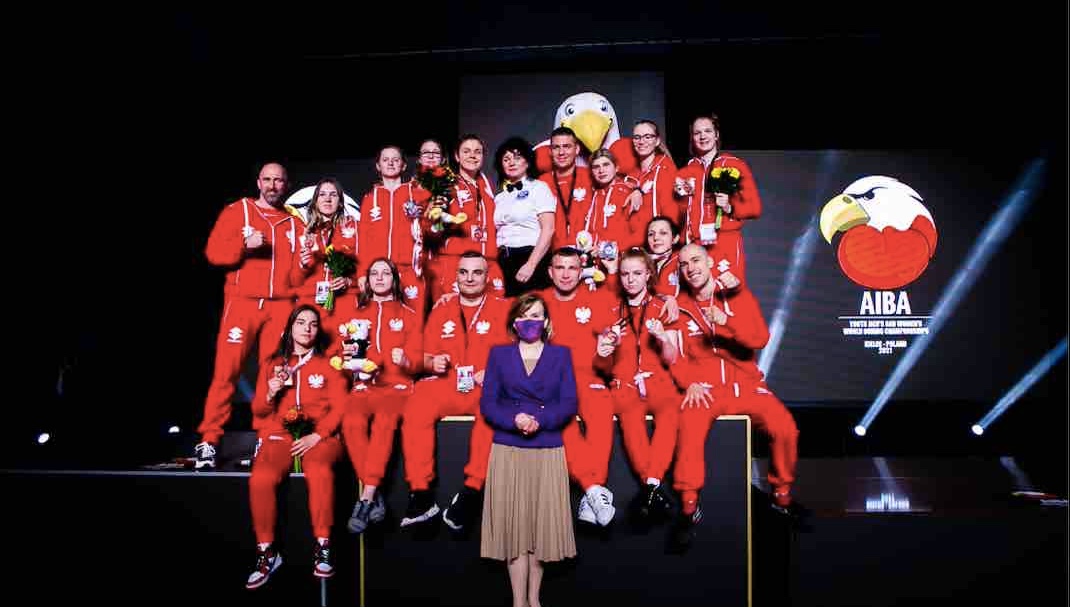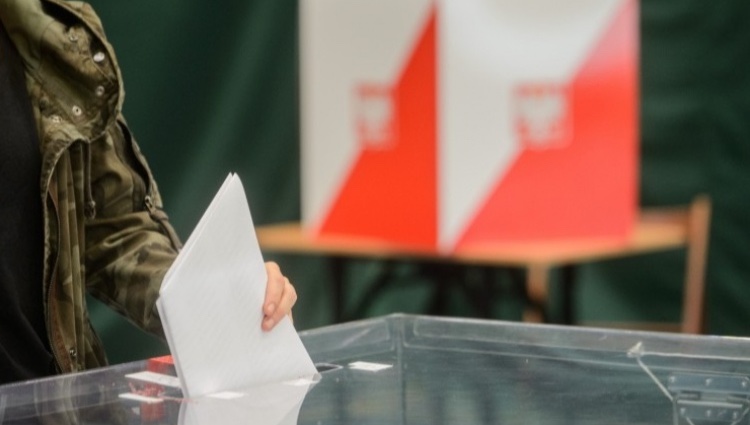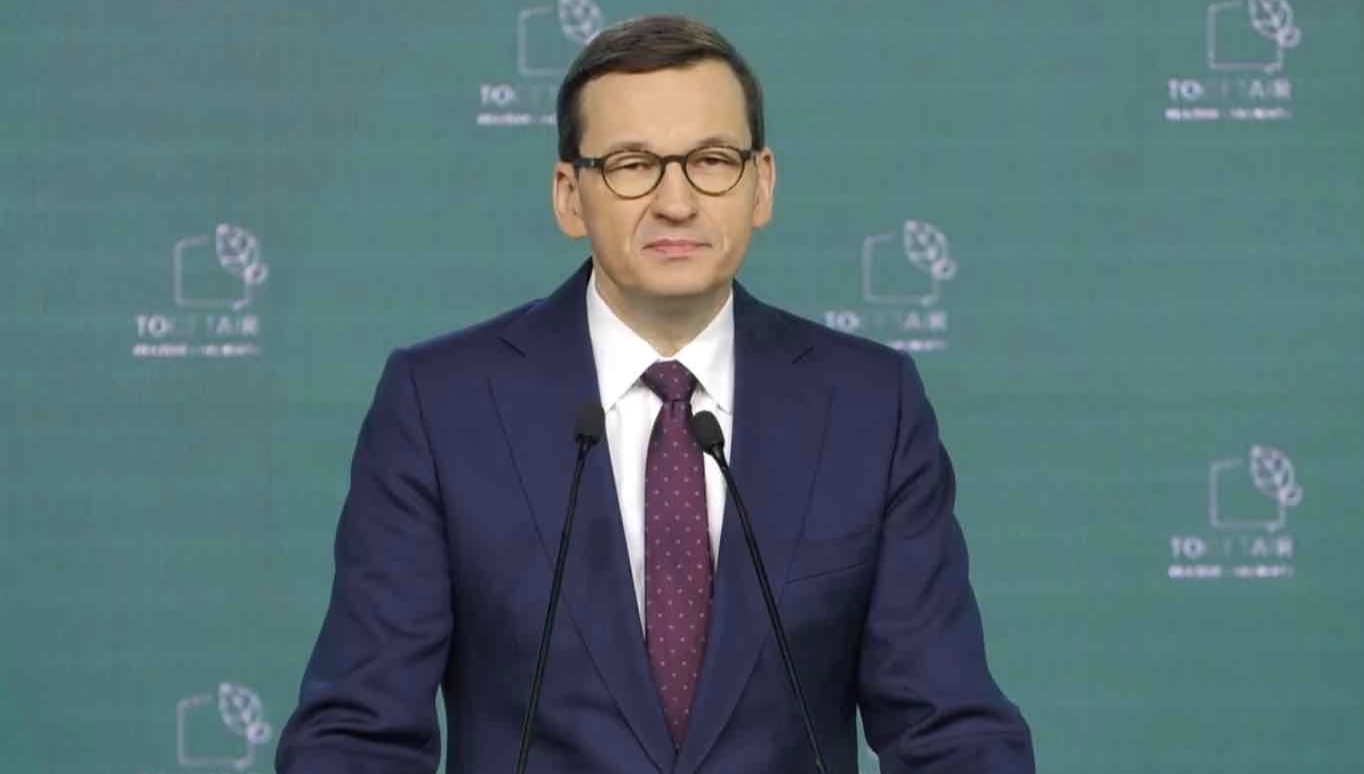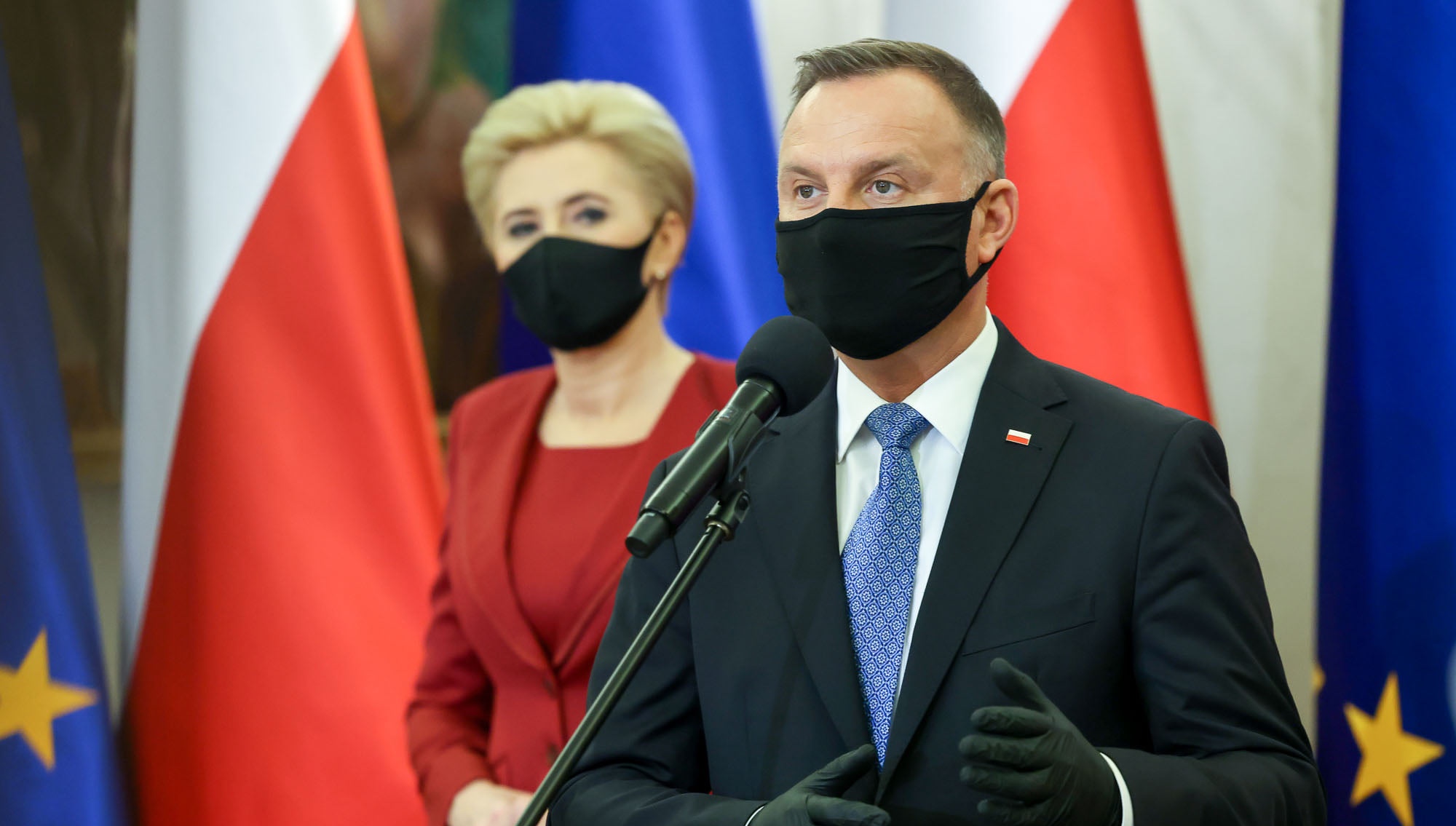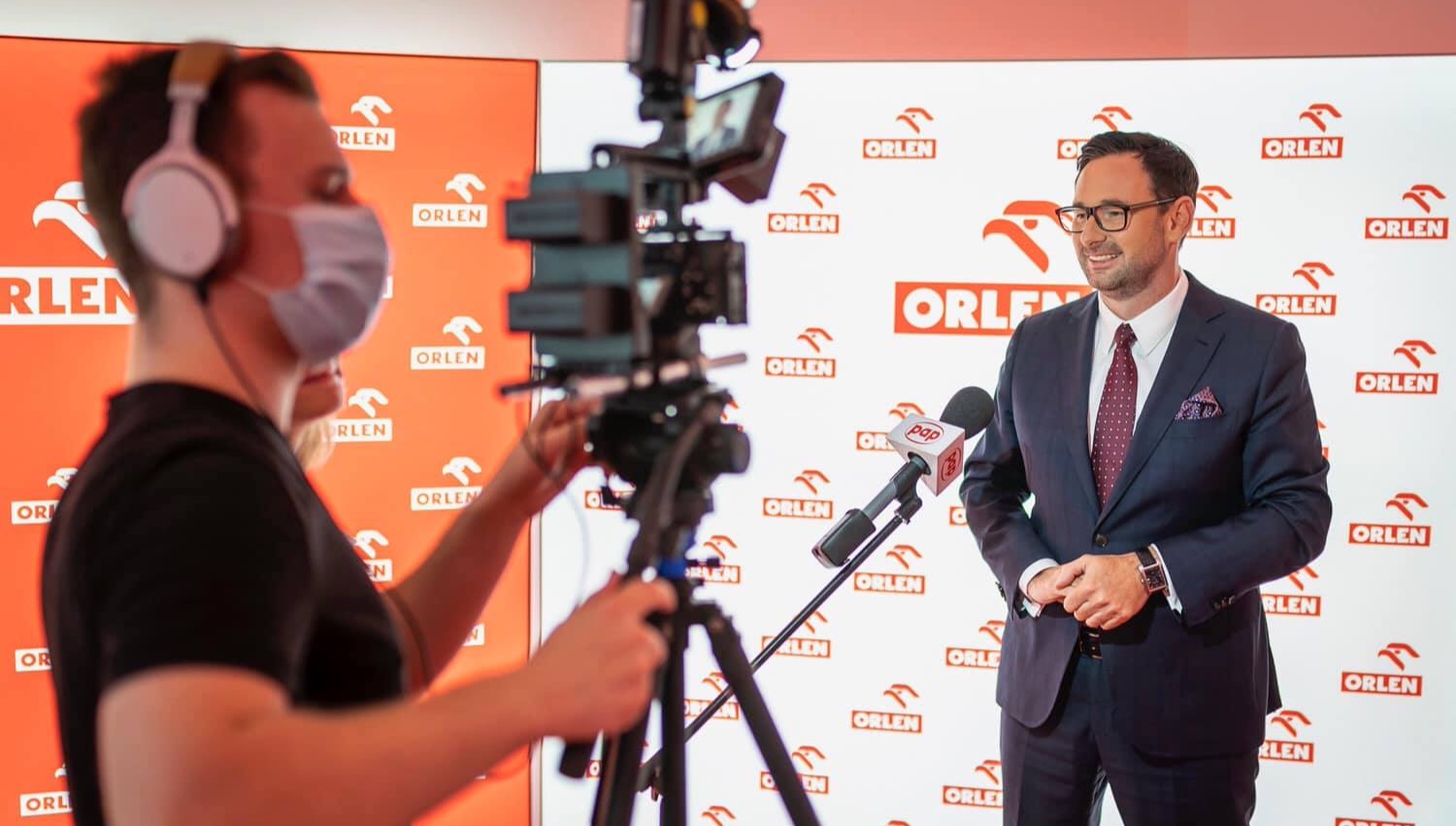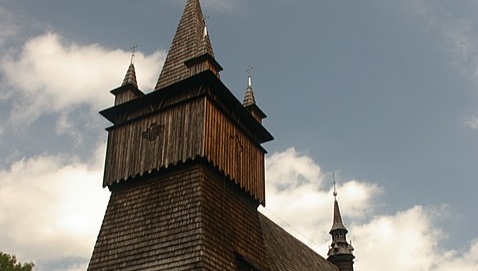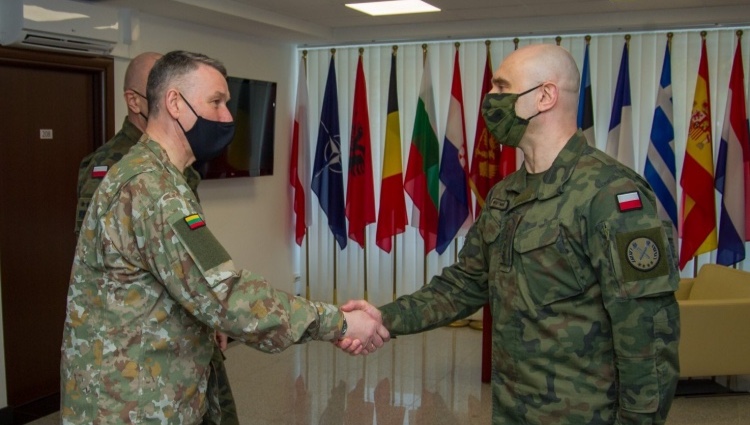Polish representatives had a great show during the World Youth Boxing Championships, which ended on Friday (23 Apr), held in Kielce. The white and red team won a total of eight medals!
“It is a great success of Polish boxing and a reason for optimism for the future. My sincere congratulations to all our medalists. It was the first historical event of this rank organized in Poland. We can be proud of the way the event went, of its professional preparation and the quality of sports rivalry we witnessed,” said Deputy Minister Anna Krupka at the end of the championships.
The World Youth Boxing Championships ended with a great success of the Polish team, which won eight medals in total, being one of the best teams during the championships in Kielce.
Among women Natalia Kuczewska (48 kg) and Barbara Marcinkowska (69 kg) won the titles of world vice-champions. Bronze medals were won in Kielce by Karolina Ampulska (54 kg), Wiktoria Tereszczak (64 kg), Daria Parada (75 kg), Martyna Jancelewicz (81 kg) and Oliwia Toborek (+81 kg).
We also got a medal among men – the silver medal in the heavyweight division was won by Jakub Straszewski. We waited 9 years for such a success.
The medal-laden World Youth Championships in Kielce are a sign that Polish boxing, especially women’s boxing, is developing rapidly and is at the highest world level. It is worth recalling that the Polish women also did well at last year’s Junior European Championships in Budva when they won 6 medals (2 gold, 1 silver, 4 bronze).

